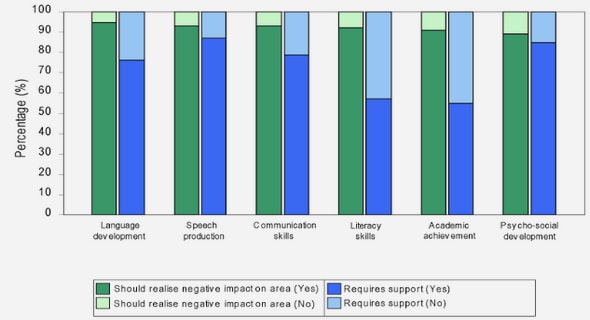(Downloads - 0)
For more info about our services contact : help@bestpfe.com
Table of contents
Introduction
Rationale of this thesis
Summary of literature review and research gaps
Research questions
Clarification of the main terms used in this thesis
Thesis structure and content
Case studies
Assumptions and scope
PART 1 • MONITORING AND EVALUATION
Chapter 1 • Undertaking the research journey: a typology of approaches for complex systems research
1.1 Introduction
1.2 Existing theoretical debates and rationale for a typology
1.3 Terminology used in this paper
1.4 Review of past categorizations of research approaches
1.5 Index of existing complex systems research approaches and identification of relevant ones to be included in our typology
1.6 Towards a typology of complex systems research approaches
1.7 Example of the use of the typology for situating a doctoral research project
1.8 Discussion and conclusion
Chapter 2 • Towards understanding participatory processes: framework, application and results
2.1 Introduction
2.2 Framework for describing, diagnosing and comparing participatory processes
2.3 Monitoring and evaluation
2.4 Case study application results
2.5 Discussion
2.6 Conclusion
Annex 2.1 • Framework application template
Résumé 12
Chapter 3 • The MEPPP framework: a framework for monitoring and evaluating participatory planning processes
3.1 Introduction: challenges for the monitoring and evaluation of participatory planning processes
3.2 Existing literature related to the M&E of participatory planning processes
3.3 Methods: introduction to the Monitoring and Evaluation of Participatory Planning Processes (MEPPP) framework
3.4 Results and application of the MEPPP framework on a specific case: the Rwenzori participatory planning process in Uganda
3.5 Discussion: strengths and weaknesses of the MEPPP framework
3.6 Conclusion
Chapter 4 • Four challenges in selecting and implementing methods to monitor and evaluate participatory processes: example from the Rwenzori region, Uganda
4.1 Introduction
4.2 A quadruple challenge for M&E methods
4.3 Example of the M&E of the Rwenzori participatory planning process in Uganda
4.4 Discussion
4.5 Conclusion
Annex 4.1 • List of questions used for the interviews
Annex 4.2 • “Rapporteur debriefing sheet” used to guide evaluators in their participant
Annex 4.3 • “Facilitator debriefing sheet” used to guide facilitators in their participant
Annex 4.4 • Thorough questionnaires distributed at the end of each meso workshop
Annex 4.5 • Simple questionnaires distributed at the end of each local workshop
PART 2 • INSTITUTIONAL DYNAMICS
Chapter 5 • A participatory planning process as an arena for facilitating institutional bricolage: example from the Rwenzori region, Uganda
5.1 Three approaches to institutions: institutional design, fit and bricolage
5.2 Main concepts
5.3 Research question, posture and methods
5.4 Narrative of the Rwenzori case
5.5 Discussion and ideas to be experimented by practitioners
5.6 Conclusion
Chapter 6 • Drivers of environmental institutional dynamics in decentralized African countries
6.1 Introduction
6.2 Clarification of the main terms used in this paper
6.3 Methodology
6.4 Introduction to the two cases
6.5 Results: drivers of institutional dynamics
6.6 Discussion
6.7 Conclusion
Chapter 7 • Operationalizing multi-scale INRM in Africa: comparison of regional participatory planning processes in Ethiopia and Uganda
7.1 Introduction
7.2 The suggested approach: regional participatory planning processes
7.3 The Fogera case, Ethiopia
7.4 The Rwenzori case, Uganda
7.5 Case comparison and discussion
7.6 Conclusion
Chapter 8 • Practicing relational leadership through managing frame diversity: example from a participatory process in Ethiopia
8.1 Introduction
8.2 Identifying frames
8.3 Managing frames
8.4 The Fogera participatory planning process case
8.5 Discussion: factors enabling and constraining the effectiveness of strategies to manage frame diversity
8.6 Conclusion
Conclusion
Key contributions from the thesis chapters
Addressing the research questions
Additions to knowledge
Shortcomings of this thesis and agenda for future research
Concluding comment

